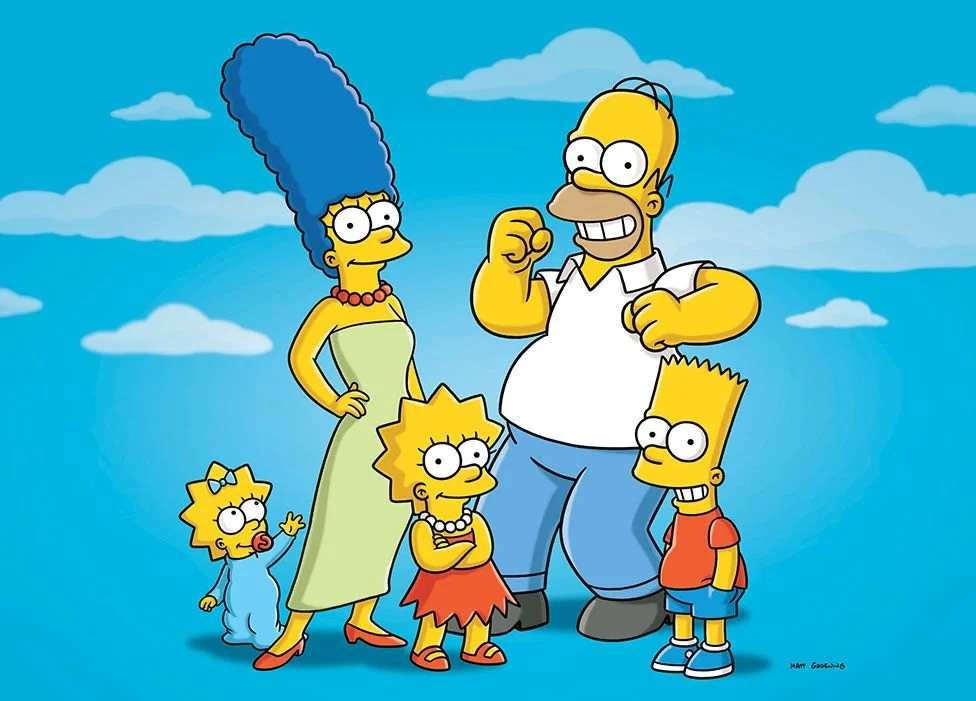From Sketches to Screens: Unraveling the Colorful Tapestry of Cartoon History
Cartoons have become an inseparable part of our lives, bringing joy, laughter, and even thought-provoking messages to viewers of all ages. These animated wonders have evolved significantly over the years, captivating audiences and leaving an indelible mark on popular culture. In this blog post, we embark on a journey through time to explore the fascinating history of cartoons.
Early Beginnings
The roots of cartoons can be traced back to ancient civilizations, where cave paintings and early forms of animation depicted simple movement. However, it was not until the late 19th century that the first true animated cartoons emerged. Pioneers like Émile Cohl and Winsor McCay experimented with hand-drawn animations, breathing life into their characters through a series of sequential images.
The Birth of Animation
The 1920s witnessed a breakthrough in animation technology with the advent of synchronized sound, leading to the creation of the first-ever synchronized sound cartoon, Walt Disney's "Steamboat Willie" (1928). This marked the debut of the iconic character, Mickey Mouse, who would go on to become a beloved figure in the world of animation.
The Golden Age
The 1930s to the 1950s are often referred to as the Golden Age of Cartoons. This era saw the rise of major animation studios such as Warner Bros., MGM, and Hanna-Barbera, producing iconic characters like Bugs Bunny, Daffy Duck, Tom and Jerry, and the Flintstones. Cartoons during this time were primarily short films screened before feature films in cinemas, bringing laughter and entertainment to audiences worldwide.
Television Takes Over
With the rise of television in the 1950s, cartoons found a new platform to captivate audiences. Animation studios shifted their focus from theatrical shorts to producing animated series specifically for television. This period witnessed the creation of classics like "The Jetsons," "The Flintstones," and "The Simpsons," which have become cultural touchstones.
The Renaissance
The late 1980s and early 1990s witnessed a renaissance in the world of cartoons. Shows like "The Ren & Stimpy Show," "Animaniacs," and "Batman: The Animated Series" pushed the boundaries of animation, incorporating sophisticated storytelling and engaging characters. This era also saw the emergence of anime, bringing a distinct style and storytelling approach from Japan to the global stage.
The Digital Age
As technology advanced, so did the art of animation. The late 20th century and early 21st century witnessed the rise of computer-generated animation, spearheaded by Pixar Animation Studios. Films like "Toy Story" (1995), "Finding Nemo" (2003), and "Frozen" (2013) not only pushed the boundaries of animation but also became massive commercial successes, solidifying animation as a lucrative genre.
Cartoons for All
Today, cartoons have expanded their reach beyond traditional mediums. With the advent of streaming platforms and online content, animated shows and films have found a new home, catering to diverse audiences around the globe. From children's programming to adult-oriented series like "BoJack Horseman" and "Rick and Morty," cartoons continue to entertain, educate, and explore complex themes.
Conclusion
The history of cartoons is a vibrant tapestry that weaves together innovation, creativity, and the power of imagination. From humble beginnings to the technological marvels of today, cartoons have evolved to become an integral part of our cultural landscape. As we embrace the future, we eagerly await the next chapter in the ever-evolving history of cartoons, where new stories and characters will continue to capture our hearts and spark our imagination.

